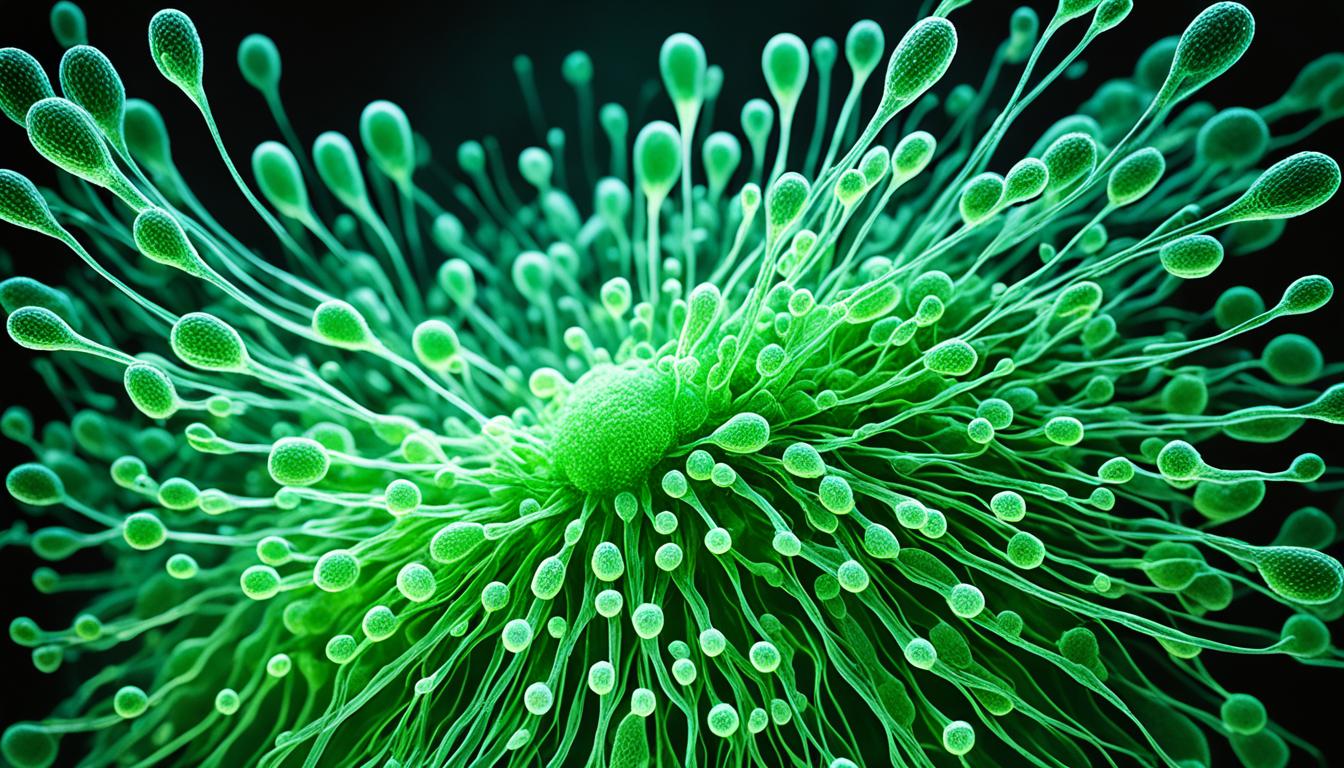A spinal cord injury (SCI) happens when the spinal cord or its ending nerves are damaged. This damage can lead to lasting changes below where the injury took place. Some changes include paralysis, loss of feeling or movement, and issues with the bowel or bladder. Motor vehicle accidents, falls, and violence are common causes of SCI.
It’s important to get medical help fast if an SCI is suspected. How soon someone gets treatment can affect their recovery a lot. While advancements in treatment and therapy help many live full lives, researchers believe that stem cell therapy might one day fully heal these injuries.
Key Takeaways:
- Spinal cord injury can cause lasting changes in our bodies below the injury.
- Signs of SCI consist of paralysis, lost motion or feeling, and bladder or bowel problems.
- Most SCIs happen because of car crashes, falls, or trauma.
- It’s critical to get medical help quickly for a better chance at recovery.
- Stem cell research offers hope for fixing spinal cord injuries one day.
Diagnosing a spinal cord injury and understanding the pathophysiology
Finding out if someone has a spinal cord injury (SCI) means looking at them closely and using tests. Tests like X-rays, CT scans, or MRIs are key. They show doctors the spinal cord and if it’s been hurt.
After a spinal cord injury, the nerves might not work well. This can stop the brain from talking to the rest of the body. Figuring out exactly where the injury is helps doctors know what to do next.
The first injury is from the accident itself. But then, the spinal cord can get more damaged. This happens because of swelling and other issues that keep hurting the cord.
Knowing how spinal cord injuries happen is very important. Doctors and scientists want to learn more about how our bodies react to these injuries. This can help them come up with better ways to treat people and help them get better.
Pathophysiology of Spinal Cord Injury
SCI is a mix of many problems that hurt tissues and cause issues with how the body works. The injury starts an instant response in the body, and this can harm tissues more. Other things like toxic substances later on keep the harm going.
Learning about these complex steps in an SCI can open doors to new treatments. If doctors can find ways to stop the later harm, they might help patients recover better. Lowering tissue damage and protecting the nerves could be big steps forward.
| Diagnosing a Spinal Cord Injury | Understanding the Pathophysiology |
|---|---|
| Combination of clinical examination and diagnostic testing | Complex cascades of cellular and molecular events |
| Imaging studies (X-rays, CT scans, MRI) | Inflammation, ischemia, and cell death |
| Assessment of severity and level of injury | Toxic substance release and immune response |
| Nerve damage and loss of motor/sensory functions | Targets for intervention and therapeutic approaches |
Stem cell therapy for spinal cord injury rehabilitation
Stem cell therapy shows great promise in treating spinal cord injuries. It aims to improve life quality and function. Stem cells can change into different types of cells. They help in healing and growing new tissues.
Mesenchymal Stem Cells (MSCs) come from bone marrow or umbilical cords. In studies, they helped by changing the immune response, protecting nerves, and growing new tissues. They are important for those with spinal cord injuries.
Olfactory Ensheathing Cells (OECs) come from the nose. They have shown they can help the spinal cord heal. Their special abilities make them a top choice for future treatments.
Still, we are learning more about how stem cells can treat spinal cord injuries. Research and trials continue, giving hope for new discoveries. The goal is to find ways that truly help the lives of those with spinal injuries.

